Table of Contents
You wake up the morning after the slip. Maybe it was a late-night text, maybe a scroll through their socials, maybe you answered a call you swore you wouldn’t. And now, instead of relief, you feel that heavy pit of “I messed it all up.” The shame rushes in louder than the craving ever was.
But here’s the truth no one tells you: relapse is not a reset to zero. Healing isn’t a straight line. It’s a tide, pulling forward and back, and every step—even the wobbly ones—counts.
What matters most isn’t the slip. It’s the repair. And that’s where a slip-up repair plan changes everything.
“Did I ruin all my progress?”
A single moment of contact does not erase the days, weeks, or months you’ve already built. Your brain is slowly rewiring—loosening the grip of attachment—and one stumble doesn’t undo that process.
Neuroscientists studying heartbreak found that romantic rejection activates the same brain regions as addiction cravings. That’s why the urge can feel overwhelming, like being pulled by a force larger than logic.
So when you slip, remind yourself: this wasn’t weakness; it was biology. The streak isn’t gone. It just needs a reset. Pause, breathe, name the slip for what it was, and recommit. You’re still moving forward. That’s the essence of your slip-up repair plan.

“Why did this slip feel so much worse than the last?”
Not all crashes feel the same. Some are little tremors, others are earthquakes. The difference often lies in your attachment wiring.
- People with more anxious attachment can feel slips as tidal waves.
- Others may ride smaller ripples.
That intensity isn’t proof of failure—it’s your nervous system reacting in its own way.
Instead of fighting the feeling or shaming yourself for “overreacting,” try tending to it:
- Journal the surge.
- Call a trusted friend.
- Breathe through the panic.
When you regulate your emotions rather than suppress them, you stop the slip from snowballing into despair. You learn to meet your nervous system where it’s at. This flexibility is a core part of a strong slip-up repair plan.

No Contact Isn’t a Game – It’s a Healing Strategy
Let’s examine the No Contact strategy in: Science & Psychology, Planning it, Digital Hygiene, Relapses-Cravings & Crashes, Special Cases & Exceptions… and Signs that it’s working +What comes next.
Tap here to read more →
“How do I stop shame from spiraling me further?”
The real danger isn’t the slip itself—it’s the shame spiral that follows. Shame says: “See? You’ll never get over them.” And shame feeds avoidance: ignoring the pain, pretending it didn’t happen, pushing away your needs.
Research shows this avoidance actually intensifies relapse.
A healthier slip-up repair plan looks like this:
- Pause & label. Say to yourself, “I broke contact today.” Just the fact. No judgment.
- Reflect. What need was underneath the slip? Were you lonely, seeking reassurance, trying to soothe anxiety?
- Redirect. Meet that need in a healthier way—reach out to a friend, go for a walk, write down what you wish you’d said to them and keep it for yourself.
By doing this, you transform shame into insight, and insight into action. Each repair is a stitch, weaving resilience into your healing process.
Letting go isn’t about perfection. It’s about returning to yourself, again and again, with compassion.
The slip doesn’t define your journey—the repair does. And every time you stand back up, you prove to yourself that healing is possible, not because it’s flawless, but because it’s lived.
FAQ
Q1. What should I do immediately after I break no contact?
The first step is to pause and acknowledge what happened without judgment. A slip-up repair plan helps you reset quickly—label the slip, reflect on why it happened, and redirect your energy toward healthier actions.
Q2. Does breaking no contact mean I lost all my progress?
No, one slip does not erase the emotional distance and healing you’ve already built. Neuroscience shows that the brain continues to rewire after rejection, so progress still accumulates even if you temporarily relapse.
Q3. Why do some slip-ups feel more intense than others?
The intensity often depends on your attachment style and emotional state at the time. People with anxious attachment may feel overwhelming cravings, while others experience milder urges—both are normal responses.
Q4. How can I stop shame from making a relapse worse?
Shame is often more damaging than the slip itself. To break the spiral, use a slip-up repair plan: pause, reflect on your unmet need, and meet it in a healthier way. This turns setbacks into opportunities for growth instead of self-blame.
Scientific Sources
-
Helen E. Fisher, Lucy L. Brown, Arthur Aron, Greg Strong, Debra Mashek (2010): Reward, addiction, and emotion regulation systems associated with rejection in love
Key Finding: Romantic rejection activates brain regions involved in reward, motivation and addiction. As time passes, brain activity tied to attachment decreases.
Why Relevant: Shows that cravings and relapse after a breakup are not just emotional weakness but biological brain processes, grounding repair plans in neuroscience.
https://pubmed.ncbi.nlm.nih.gov/20445032/ -
A. S. J. van der Watt, G. Spies, A. Roos, E. Lesch, S. Seedat (2021): Functional Neuroimaging of Adult-to-Adult Romantic Attachment, Separation, Rejection and Loss: A Systematic Review
Key Finding: Romantic rejection involves heightened activation in reward and attachment circuits, along with cortical regions for pain and emotion regulation. Attachment style modifies intensity.
Why Relevant: Explains why some relapses feel worse than others and supports tailoring repair plans based on individual attachment differences.
https://doi.org/10.1007/s10880-020-09757-x -
L. Ayaz et al. (2024): Enhancing Relapse Prevention: Examining the Impact of Experiential Avoidance, Integrative Self-Knowledge, and Basic Psychological Needs on the Intensity of Relapse
Key Finding: Higher experiential avoidance, weaker self-knowledge, and unmet psychological needs predict stronger relapse intensity.
Why Relevant: Provides practical targets for a repair plan: reducing avoidance, increasing self-awareness, and meeting basic needs to prevent shame spirals.
https://www.ncbi.nlm.nih.gov/pmc/articles/PMC11264483/
- Proven Healing: How an Accountability Buddy Transforms Breakup Recovery with Weekly Check-ins
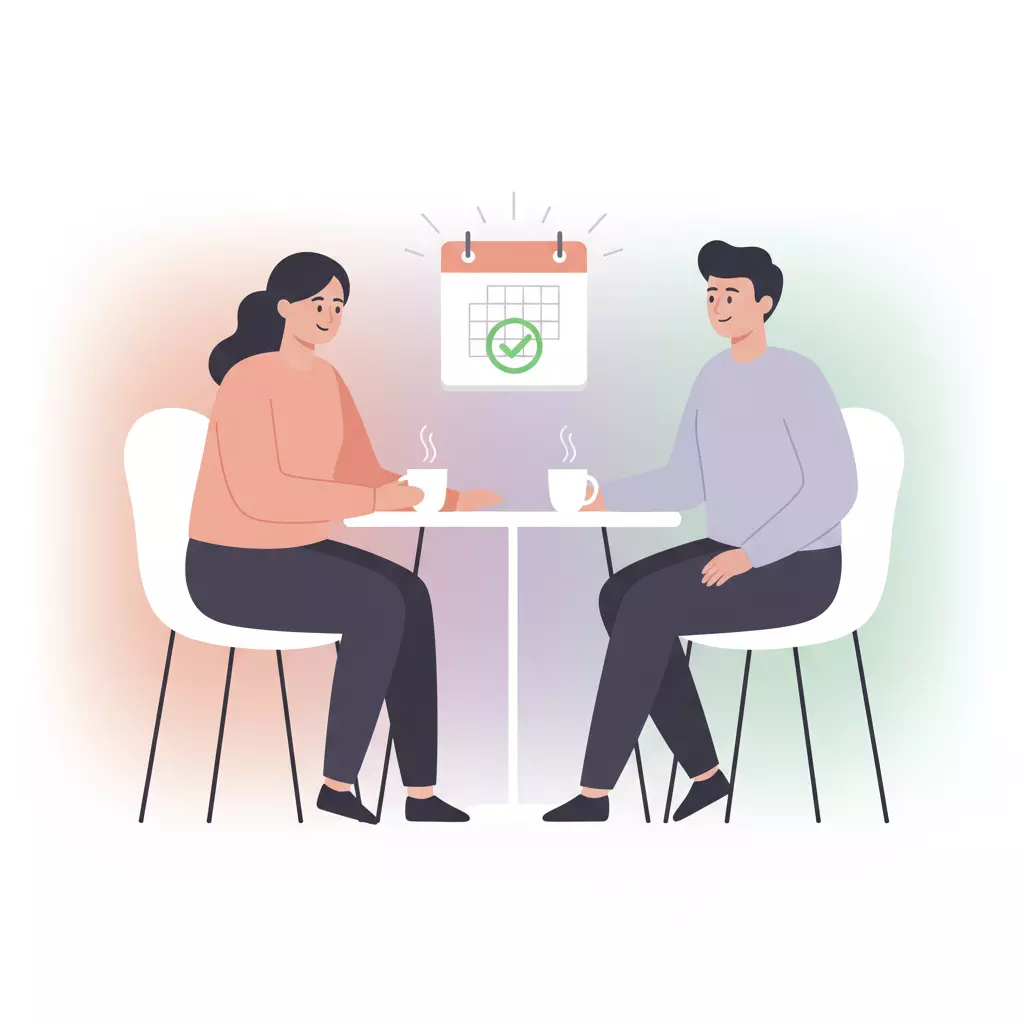
- Breakup Anniversary Survival Guide: Heal, Prevent Relapse & Move Forward
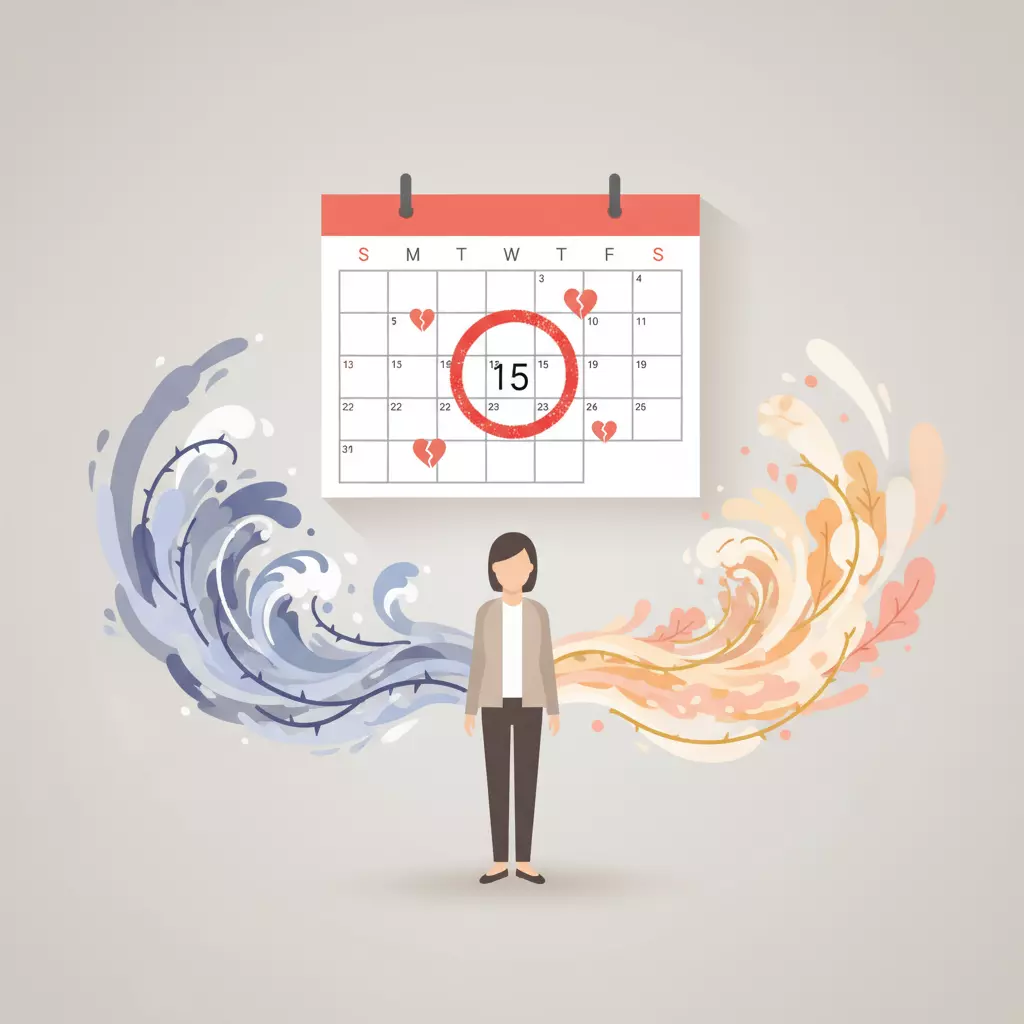
- Slip-Up Repair Plan: How to Recover After No Contact Relapse Without Shame

- Queer Breakup Relapse Recovery: Protect Your Nervous System & Keep Your Streak Strong
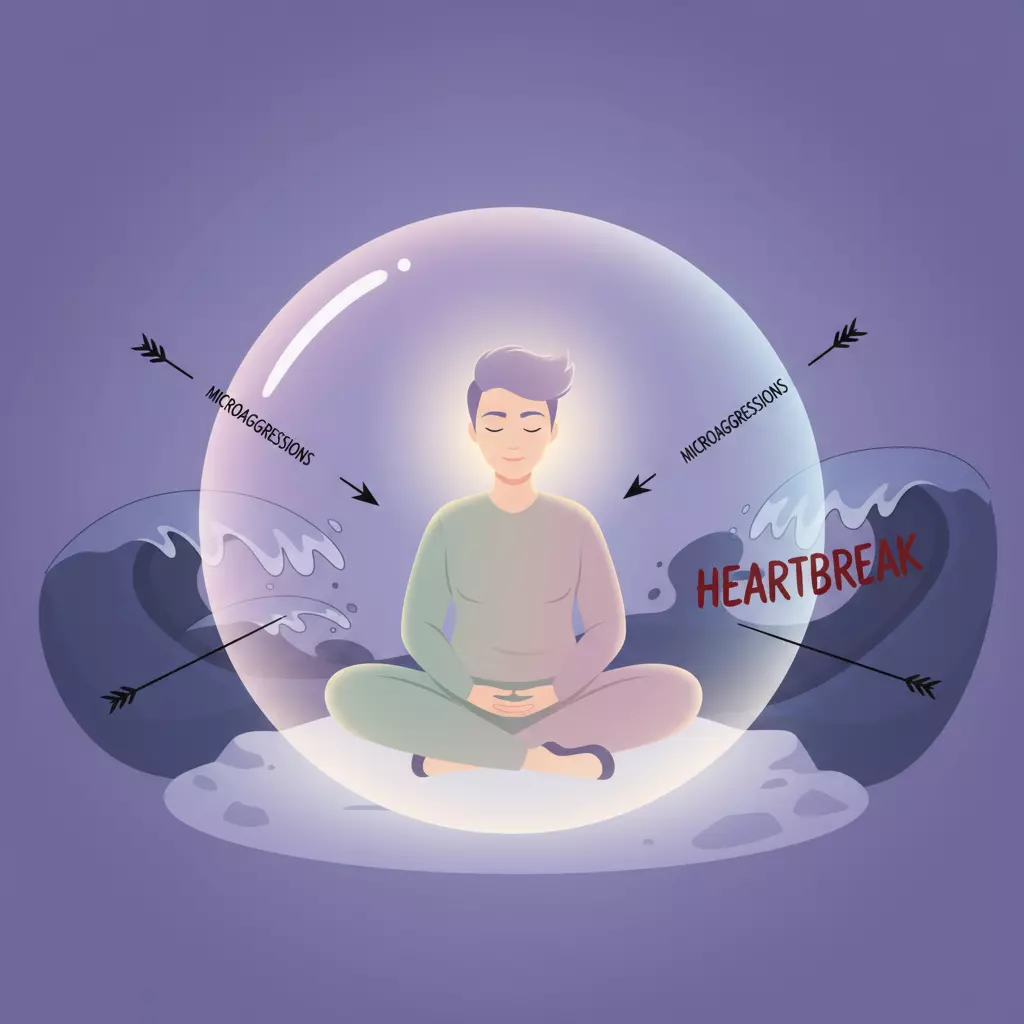
- Transgender Grounding Techniques: Powerful Ways to Ease Dysphoria & Healthcare Stress
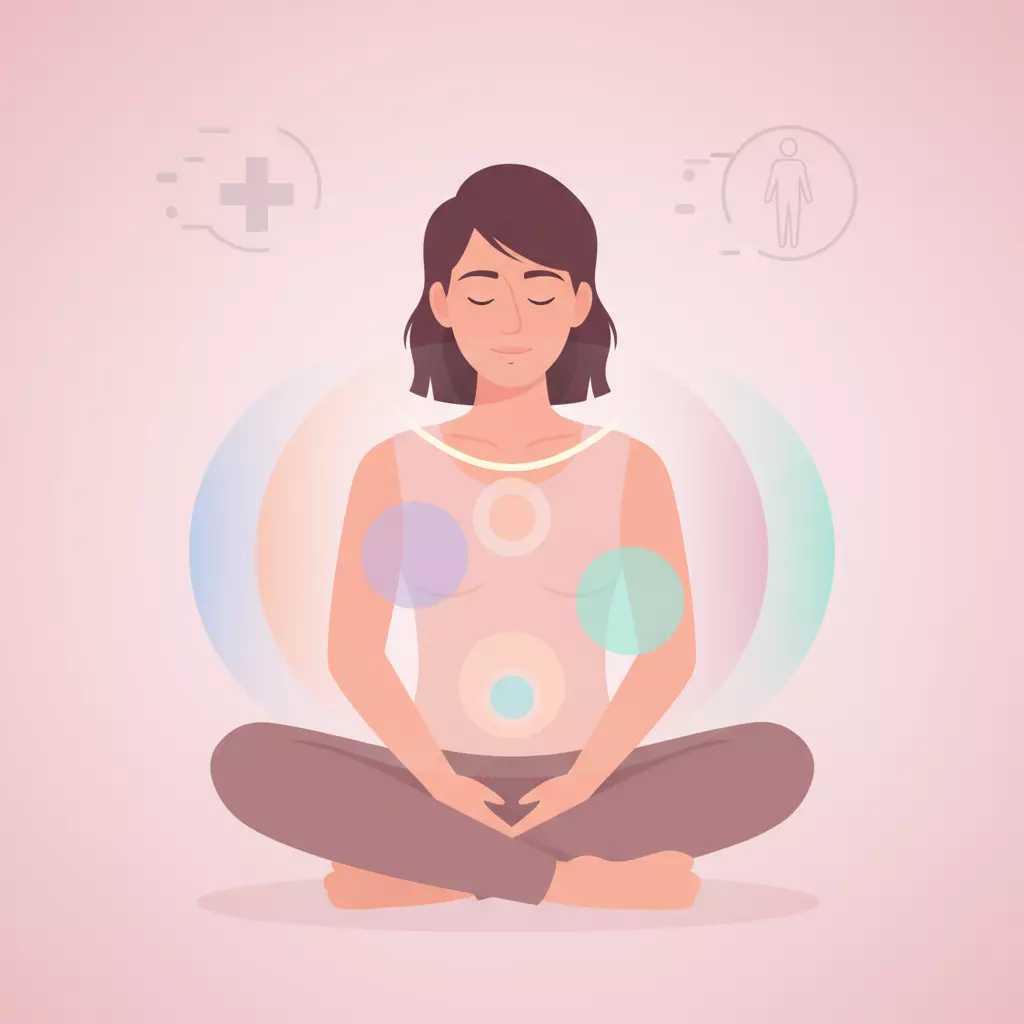
- Chosen Family Support for Lesbian Women: Powerful Healing Without Looping the Story

- Gay Men Jealousy Reset: Fast Ways to Calm Spikes After Seeing Your Ex
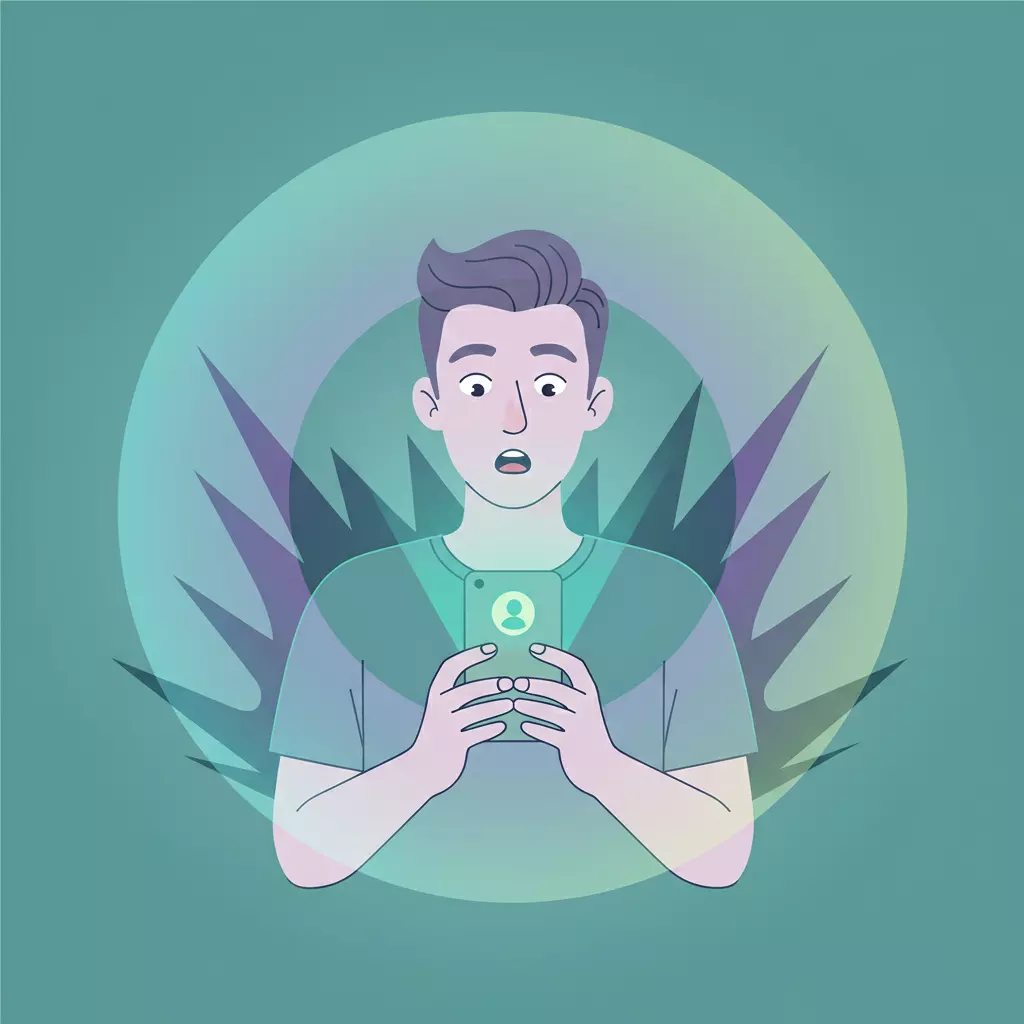
- Women & Nighttime Rumination: 5 Powerful Steps to Heal and Sleep Better
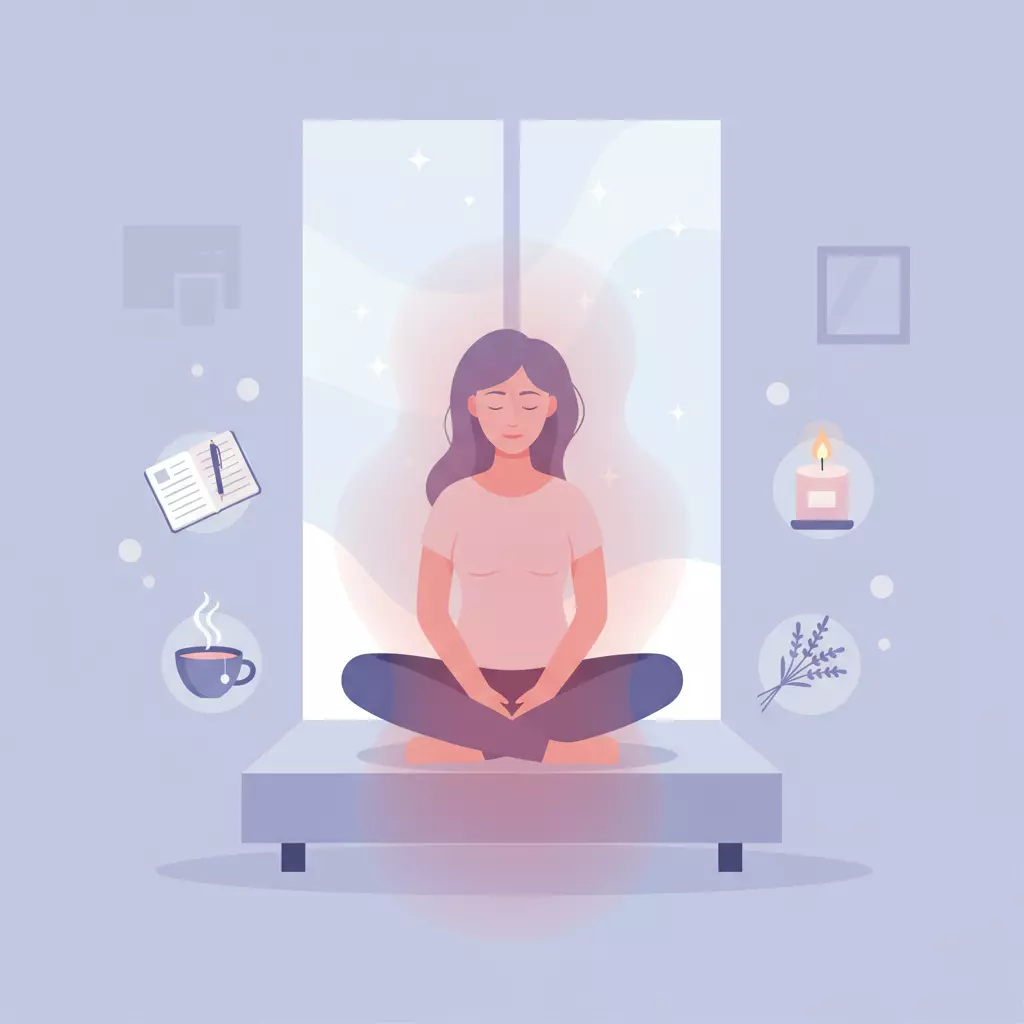
- Men & the Delayed Grief Spike: A Powerful 60-Minute Healing Protocol

Leave a Reply